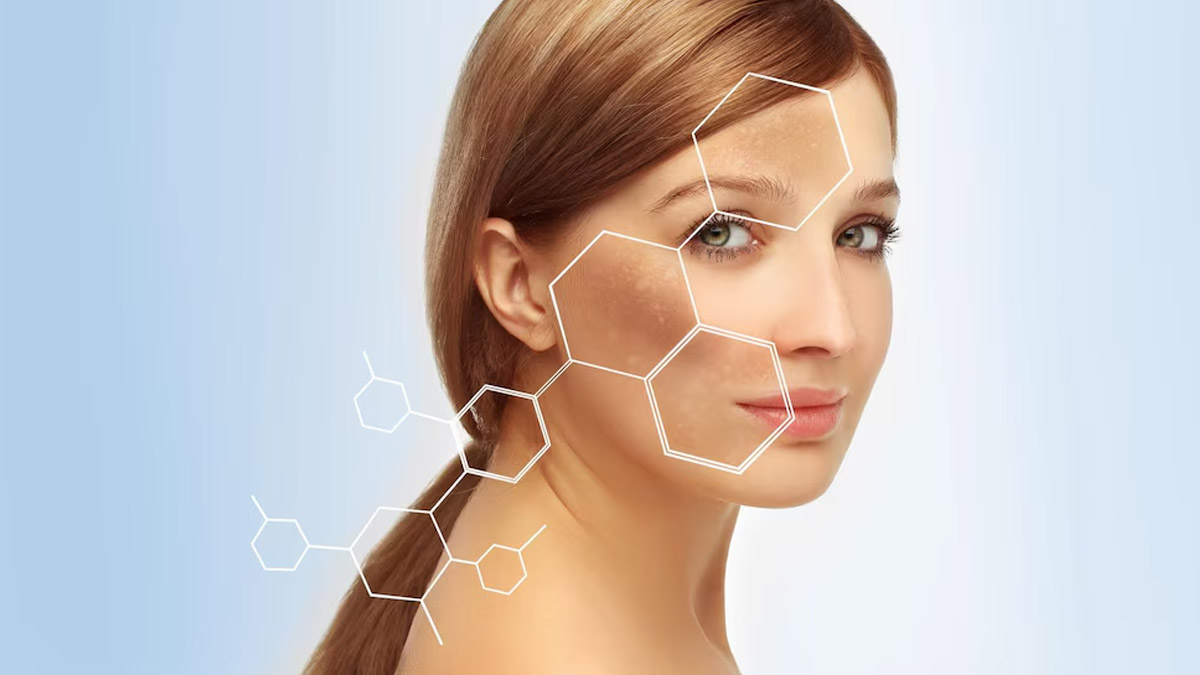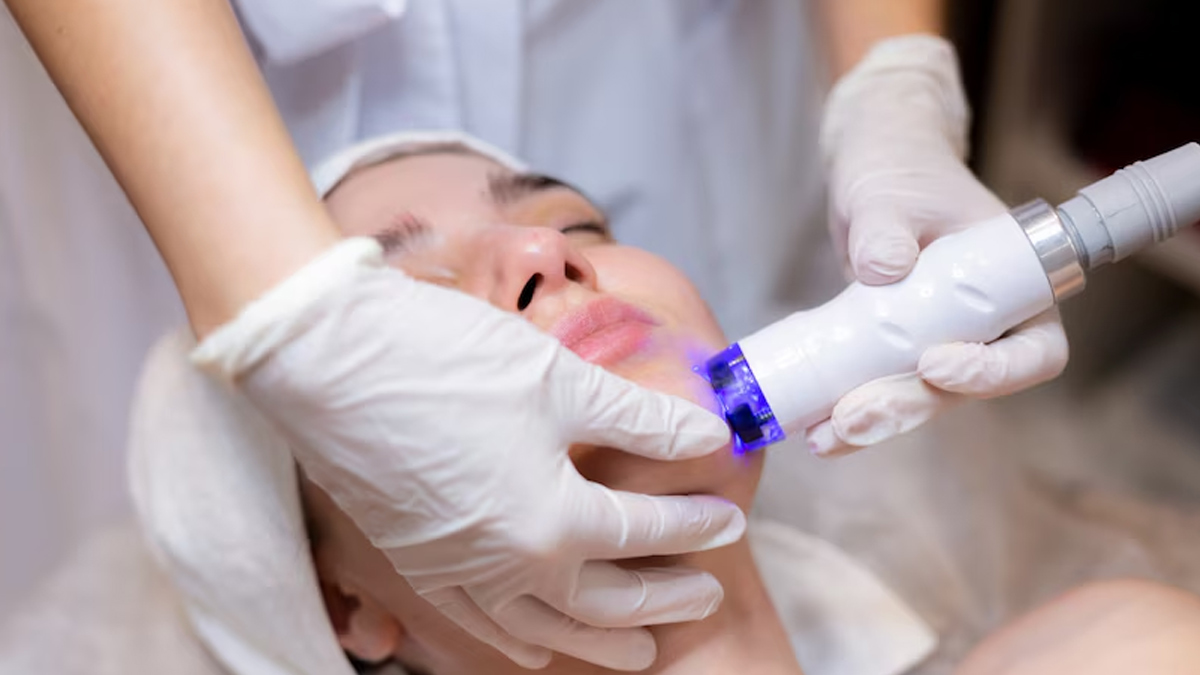
A woman’s body goes through multiple changes during pregnancy and in the postpartum period as well. The time following childbirth is a transformative phase for new mothers. Weight gain, hairfall, mood swings, and even dermatological problems. One such common skin problem after childbirth is postpartum hyperpigmentation. This condition, characterised by darkened patches of skin, can be a source of distress for many women as they navigate the early stages of motherhood.
Table of Content:-
According to the National Institute of Health, hyperpigmentation is a condition in which patches of skin are darker than the surrounding skin. It occurs when special cells in the skin make too much of the pigment called melanin.
To understand why this problem is common during postpartum and its causes, OnlyMyHealth team interacted with Dr Shikha Khare, Consultant- Dermatology, Yatharth Super Speciality Hospital, Noida Extension.
Postpartum Skin Effects
Explaining the postpartum skin effects, Dr Shikha Khare said, “Postpartum skin changes are varied, encompassing a range of conditions from stretch marks and acne to more specific pigmentary changes like melasma and hyperpigmentation. These alterations are primarily driven by the dramatic hormonal fluctuations that occur during pregnancy and after delivery,” adding, “Increased levels of oestrogen, progesterone, and melanocyte-stimulating hormone (MSH) can lead to increased melanin production, resulting in darker patches of skin.”
Postpartum Hyperpigmentation

Postpartum hyperpigmentation, often referred to as melasma or chloasma, is a common dermatological condition where certain areas of the skin become noticeably darker than the surrounding skin. According to Dr Khare, this pigmentation primarily appears on the face, but can also affect other areas such as the neck, chest, and arms.
Also read: Doctor Shares Preventive Tips To Keep Postpartum Infections Away
Causes of Postpartum Hyperpigmentation
The exact cause of postpartum hyperpigmentation is multifactorial, involving hormonal, genetic, and environmental influences. Below is a list of causes specified by Dr Khare.
1. Hormonal Changes: The surge in oestrogen, progesterone, and MSH during pregnancy stimulates melanocytes, the cells responsible for pigment production in the skin, leading to hyperpigmentation.
2. Genetics: Women with a family history of hyperpigmentation are more likely to develop the condition.

3. Sun Exposure: Ultraviolet (UV) radiation from the sun exacerbates pigmentation changes, as it stimulates further melanin production.
4. Skin Inflammation: Any inflammation or trauma to the skin can trigger melanocytes to produce more pigment as part of the healing process.
While hyperpigmentation is a benign condition and poses no direct health risks, its psychological impact can be significant. Dr Khare said that many women report feeling self-conscious or distressed by the changes in their appearance, which can contribute to postpartum emotional challenges.
Also read: How To Recognise Postpartum Hypertension: Management Tips
Ways to Reduce Postpartum Hyperpigmentation
Fortunately, there are several effective strategies to manage and reduce postpartum hyperpigmentation. Dr Khare recommends these ways to reduce hyperpigmentation after childbirth.
1. Sun Protection: Using broad-spectrum sunscreen with an SPF of 30 or higher is crucial. Sun protection can prevent further darkening of existing hyperpigmented areas and protect against new spots.
2. Topical Treatments: Over-the-counter and prescription creams can lighten hyper pigmented spots by inhibiting melanin production and promoting skin cell turnover. However, it is better to practise caution and avoid consumption of medications without doctor’s recommendation as many of them are contraindicated in lactation. It may pose a health risk to the child even if creams are applied topically.

3. Chemical Peels and Laser Therapy: Dermatological treatments such as chemical peels and laser therapy can effectively reduce hyperpigmentation. These treatments should be conducted under the supervision of a dermatologist to ensure safety and efficacy.
4. Natural Remedies: Ingredients like aloe vera, turmeric, and licorice extract have been traditionally used to lighten dark spots. While the evidence is largely anecdotal, these remedies can be gentle options for those seeking natural alternatives.
5. Consistent Skincare Routine: Maintaining a consistent skincare routine with gentle cleansing, moisturising, and the use of products targeting hyperpigmentation can gradually improve skin tone over time.
Conclusion
Postpartum hyperpigmentation is a common and often distressing condition for new mothers, but with appropriate care and treatments, its effects can be significantly minimised. Understanding the causes and employing proactive measures can help women manage their skin changes effectively during the postpartum period.
Also watch this video
How we keep this article up to date:
We work with experts and keep a close eye on the latest in health and wellness. Whenever there is a new research or helpful information, we update our articles with accurate and useful advice.
Current Version
